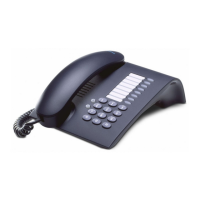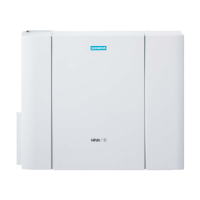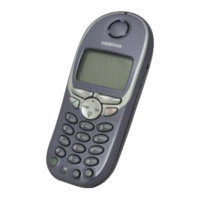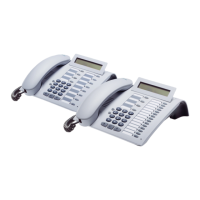Networking
Programming guide
A31003-K16-X001-3-7620
,
07/99
10-8
Hicom 100 E Version 2.1, Service manual
Example
: the CorNet route code of the Hicom 300 system is "33"; the DDI number to be
entered for ext. 11 is, therefore, "3311". For ext. 12, the DDI no. is "3312" and so on.
See "Direct dialling in numbers" for the programming sequence, Section 10.6.1
The Hicom 100E internal numbers can be changed, where necessary, with the PC tool
"Assistant L" (e.g."11" to "3311").
In both cases, the route in which the line to the main PBX is located is to be programmed as
the "PBX", see Section 10.3.6 and Figure 6-8.
10.3.2 Rerouting
Call diversion via CorNet-N is carried out using "partial rerouting" in order to optimise the use
of the B-channel.
10.3.2.1 Active rerouting
The rerouting feature can be activated for each route in an ISDN network (CorNet/QSig).
Rerouting must also be activated in the remote system. The rerouting settings are as follows:
never, if path is known or always
.
Example
: rerouting is to be performed for route 1 (path known).
Input sequence Meaning Display
A 1 6 4 (up to
SW2.0.2)
1 6 14 (as of SW 2.1)
Route 1 type (
select route 1–4 with "+" and "–" or
directly with "#")
Route 1: trunk
B*
Change input Route 1:
C1
PBX Route 2: PBX
D<OK>
Confirm input Route 1: PBX
E<F8>
Return to Start menu System administration
Input sequence Meaning Display
A 1 6 81 (up to SW
2.0.2)
1 6 181(as of SW2.1)
Rerouting active route 1
(select route 1–4 with "+" and "–" or
directly with "#")
Route 1: no
B*
Change input Route 1:
C1
If path known Route 2: if path known
D<OK>
Confirm input Route 1: if path known
E<F8>
Return to Start menu System administration
Rerouting can be deactivated by entering "0" under point C and can be permanently activated
by entering "2".

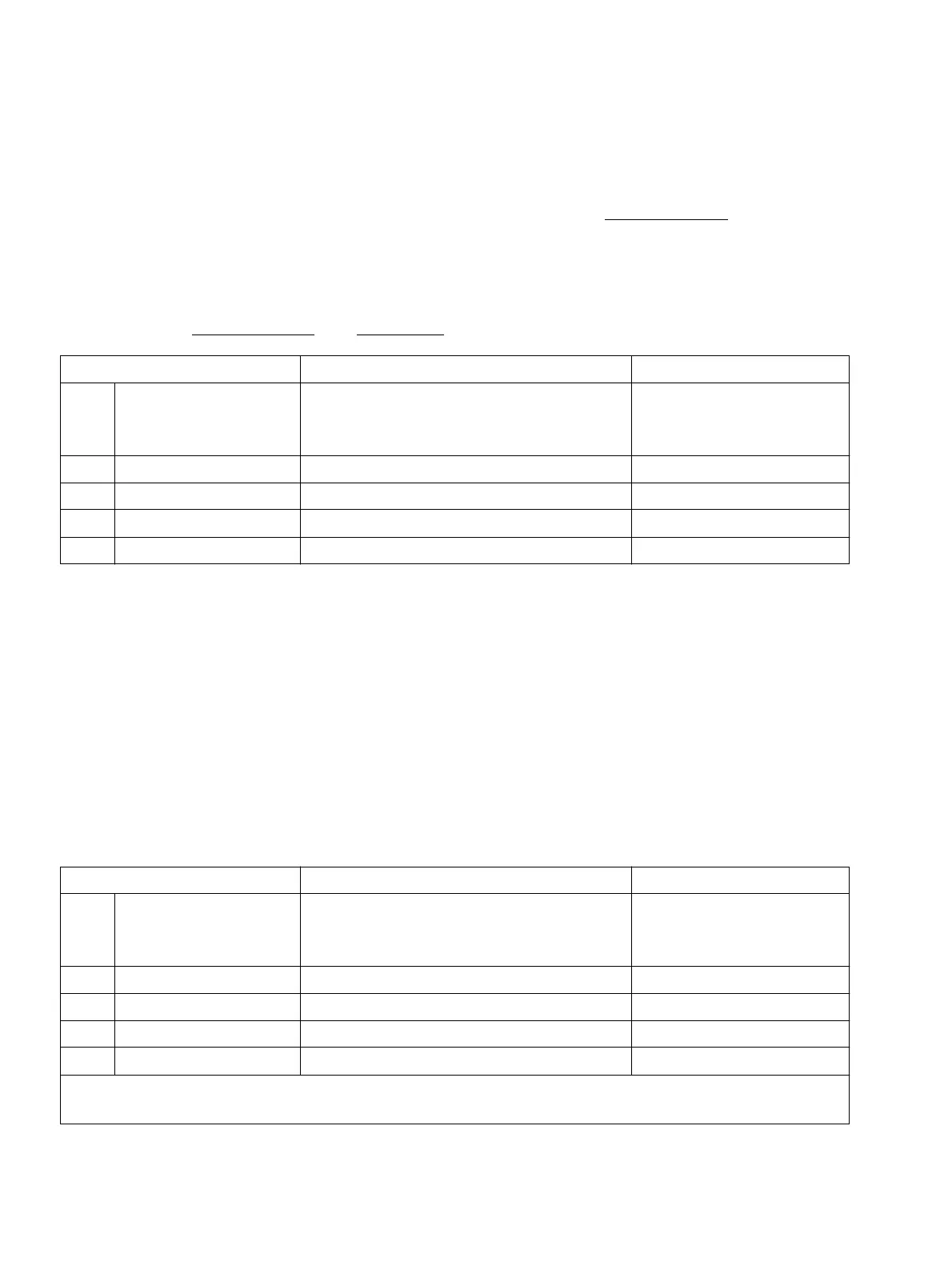